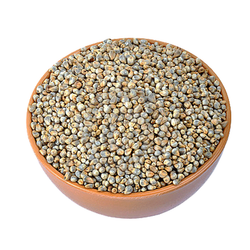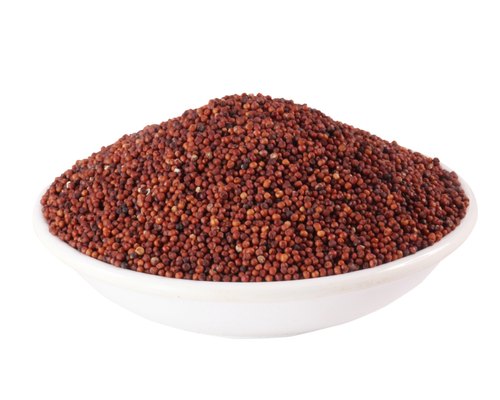Cinnamic acid
Micronutrient
Last update date: October 11, 2023
Cinnamic acid is an organic acid present in cinnamon bark. It is generally used as a food additive, having antimicrobial properties. It is found in cinnamon bark, ginseng, whole grains, and honey among many others.
Frequently Asked Questions
1.
What is Cinnamic acid?
Cinnamic acid is a naturally occurring organic compound characterized by its white crystalline form and molecular formula C9H8O2. It is predominantly found in the essential oil of cinnamon and is also present in shea butter. This compound boasts a sweet, honey-like aroma. In this article, we delve into the chemistry, structure, and properties of cinnamic acid.
2.
What is positive impact of Cinnamic acid?
Cinnamic acid has several positive impacts: Flavoring Agent: Cinnamic acid is widely used as a flavoring agent, imparting its distinctive aroma and taste to various food products. Synthetic Indigo Production: It plays a crucial role in the manufacturing of synthetic indigo, a dye commonly used in textiles. Pharmaceutical Applications: Cinnamic acid is utilized in some pharmaceutical formulations due to its potential health benefits. Perfume Industry: Major cinnamic acid derivatives, such as methyl cinnamate, ethyl cinnamate, and benzyl cinnamate, are essential components in the perfume industry, contributing to various fragrance profiles. Sweetener Production: Cinnamic acid is also involved in the production of the artificial sweetener aspartame, commonly found in sugar-free products.
3.
What is negative impact of Cinnamic acid?
While cinnamic acid offers various benefits, it's important to be aware of potential negative impacts: Dosage Sensitivity: Small quantities of cinnamic acid are generally safe, but excessive consumption or exposure can be harmful. Large quantities should be avoided as they may have adverse effects on the body. Cosmetic Allergies: High concentrations of cinnamic acid in cosmetics can trigger allergic reactions in some individuals, leading to skin irritations, redness, or itching. Toxicity: If cinnamic acid undergoes conversion to cinnamaldehyde, it can become highly toxic to the body. This transformation can occur under specific conditions or in the presence of certain chemicals. Eye Irritation: Direct contact with concentrated cinnamic acid may cause irritation in the eyes. If eye exposure occurs, rinse thoroughly with clean water and seek medical attention if irritation persists.
4.
Who should avoid Cinnamic acid?
Certain groups of people should exercise caution or avoid cinnamic acid: Allergy Sensitivity: Individuals with known allergies or sensitivities to cinnamon or related compounds, like cinnamic acid, should avoid products containing this nutrient to prevent allergic reactions. Sensitive Skin: People with highly sensitive skin should be cautious when using cosmetics or skincare products with high cinnamic acid concentrations, as they may experience skin irritation or allergic reactions. Eye Sensitivity: Direct eye contact with concentrated cinnamic acid should be avoided, as it can lead to eye irritation. In case of accidental contact, rinse the eyes with clean water and seek medical attention if needed. Consult with a Healthcare Professional: If you have underlying medical conditions or are taking medications, it's advisable to consult a healthcare professional before significantly increasing your cinnamic acid intake, especially through supplements, for personalized guidance.
5.
What are common sources of Cinnamic acid?
Cinnamic acid can be sourced from various natural origins: Cinnamon: The primary and most renowned source of cinnamic acid is cinnamon. This spice, derived from the bark of cinnamon trees, is used extensively in culinary creations, with its essential oil containing significant amounts of cinnamic acid. Shea Butter: Shea butter, commonly used in skincare and cosmetic products, also contains cinnamic acid. This natural ingredient is known for its moisturizing and healing properties. Pharmaceuticals: Cinnamic acid finds its way into certain pharmaceutical formulations due to its potential health benefits, contributing to the medicinal properties of specific drugs. Perfume Industry: The perfume industry relies on cinnamic acid derivatives, such as methyl cinnamate, ethyl cinnamate, and benzyl cinnamate, to craft an array of delightful fragrances. Sweeteners: Cinnamic acid plays a pivotal role in the production of aspartame, an artificial sweetener widely used in sugar-free products and beverages.
















